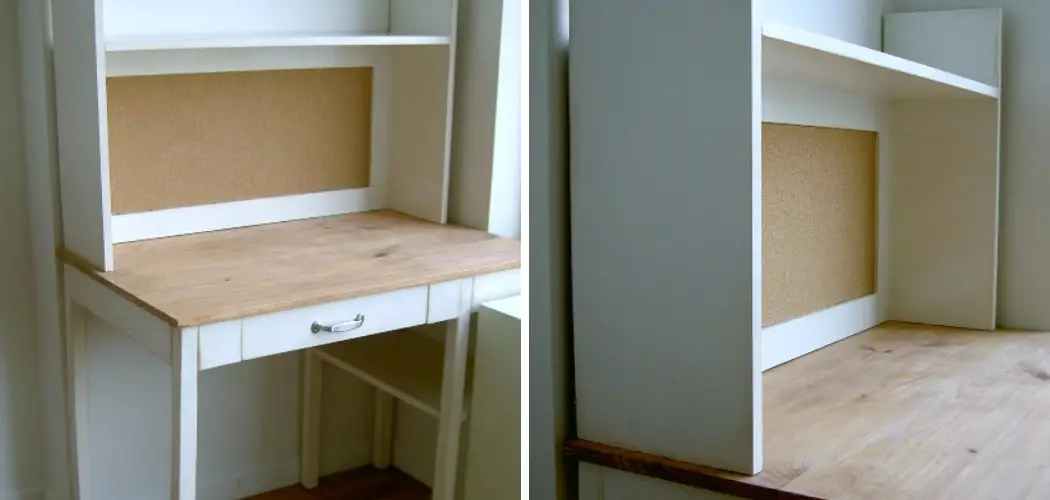Do you have a lot of paperwork cluttering up your desk? Or maybe you need a place to store books or other items. If you are in need of extra storage space in your home office, consider building a desk hutch. This project is a great way to use some of the unused space around your desk, and it can be customized to fit your specific needs.
In this article, we will show you how to build a desk hutch using basic carpentry skills. We will also provide tips on how to customize your Hutch for maximum functionality. Let’s get started!
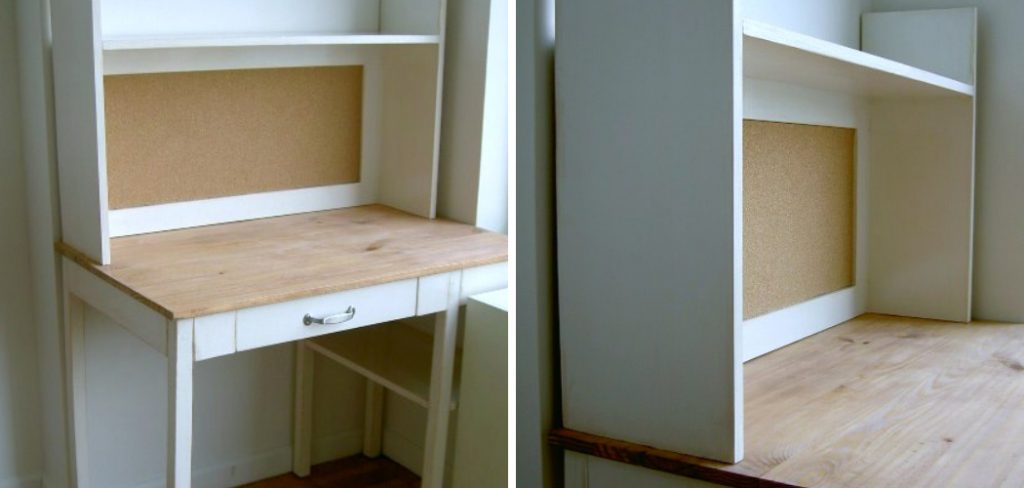
What Material Should I Use to Build a Desk?
When it comes to building your own desk hutch, there are several options available. We recommend using either wood or metal for the frame and shelves of the hutch. Both materials are strong and resilient, so you won’t have to worry about them breaking down over time. Additionally, both types of materials can be easily customized with stains and paints.
What Tools Do I Need to Build a Desk Hutch?
You will need some basic carpentry tools to construct your hutch. A power drill saw and measuring tape are all essential for this project. Additionally, you will also need wood screws and some other items, such as stain or paint, for the frame of the hutch. However, the specific tools and materials will depend on the size and design of your hutch.
10 Methods How to Build a Desk Hutch
1. Cut the Plywood
Using a circular saw, cut two pieces of plywood to the desired width and length for your desk hutch. These will be the top and bottom panels of your hutch. Plywood is sturdy and will provide a great foundation for your hutch. Try to make the pieces a bit longer than necessary, as you can always trim them down later if needed.
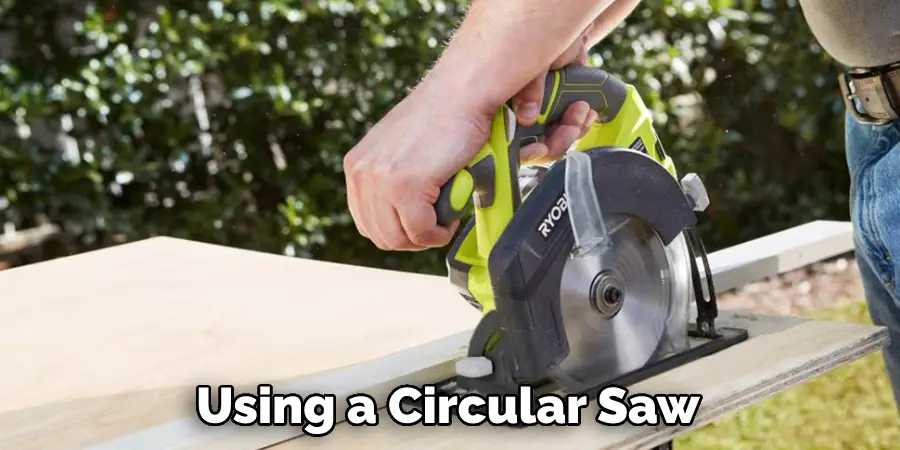
2. Cut the Side Panels
Next, cut four side panels for your hutch out of plywood or another material of your choice. The side panels should be the same height as the top and bottom panels, but they can be any width you like. Although it’s not necessary, you may want to reinforce the panels with corner braces or metal brackets for extra support.
3. Assemble the Hutch Frame
Once you have cut all of your pieces, it’s time to assemble the hutch frame. To do this, simply attach the side panels to the top and bottom panels using wood glue and nails or screws. If your hutch is particularly large or heavy, you may want to use stronger fasteners like lag screws. However, this is usually not necessary to assemble a smaller hutch.
4. Cut the Shelves
If you want your hutch to have shelves, now is the time to cut them. Shelves can be made from plywood or another material of your choice and can be any size you like. Any shelves you include should fit snugly into the hutch frame so that they don’t sag or move around. You may want to use metal shelf supports for added stability. Try to make sure that the shelves are level and even.
5. Install the Shelves
Once you have cut your shelves, install them by attaching them to the side panels of your hutch frame using wood glue and nails or screws. Shelves can be either flush with the edges of the hutch frame or slightly inset. If you choose to insert them, use corner brackets or metal brackets to secure them in place. Try to make sure that the shelves are level and even.
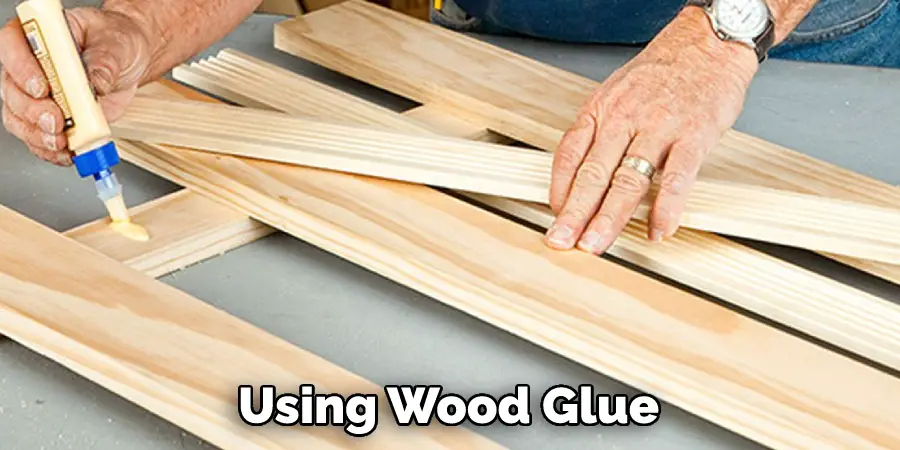
6. Cut the Doors (Optional)
If you want your hutch to have doors, now is the time to cut them. Doors can be made from plywood or another material of your choice and can be any size you like. Cutting doors can be a bit tricky, so make sure to measure everything carefully before making your cuts. By using hinges, you can easily attach the doors to the hutch frame for easy access.
7. Install the Doors (Optional)
Once you have cut your doors, install them by attaching them to the side panels of your hutch frame using hinges. Make sure to install handles or knobs on your doors as well. While this is not necessary, it will make opening and closing your hutch much easier. Although it’s not necessary, you may want to reinforce the doors with corner braces or metal brackets for extra support.
8. Paint or Stain Your Hutch (Optional)
If you want, you can now paint or stain your hutch in any color you like. This step is entirely optional but can help to give your hutch a finished look. By using a primer first, you can make sure that your paint or stain will adhere better to the surface. Allow ample time for the paint to dry before using your hutch. Also, be sure to sand any rough edges or corners for a smoother finish.
9. Add Decorations (Optional)
Now is also a good time to add any decorations to your hutch that you like. This could include items like photos, plants, or even knick-knacks. Again, this step is entirely optional but can help to make your hutch more personal and unique. However, try to avoid overcrowding your hutch with too many decorations, as this can make it look cluttered.
10. Enjoy Your New Hutch!
Now that you have completed all of the steps, it’s time to enjoy your newly built hutch! You can use it to store items like dishes, books, or other household items. Alternatively, you can use it as a decorative piece in your living room or bedroom. No matter what you choose to do with it, your hutch will be sure to add a touch of beauty and charm to any space. Enjoy!
By following these steps, you can easily build a beautiful hutch that will last for years to come. All you need are some basic tools and supplies, as well as a bit of patience and dedication. Some people may choose to hire a professional carpenter for this task, but anyone can build a hutch with the right instructions and materials. With your new hutch in place, you can enjoy having extra storage space or a beautiful addition to your home décor. Good luck!
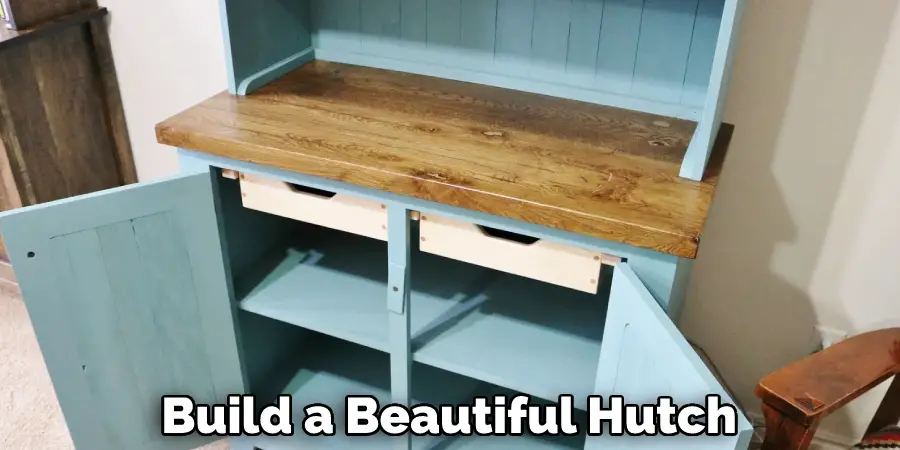
Things to Consider When Building a Desk Hutch
1. Measure Twice, Cut Once
Measuring your desk and hutch frame accurately is essential for success when building a hutch. Take the time to double-check all of your measurements to ensure that everything will fit together properly.
2. Choose Quality Materials
It is important to choose quality materials for your hutch if you want it to last. Plywood or solid wood are both good options as they are sturdy and durable. Make sure that whatever material you choose is suitable for the job at hand and can handle everyday wear and tear.
3. Use Hardware
Using hardware like nails, screws, corner brackets, shelf supports, hinges and handles will help your hutch last longer by reinforcing the structure. Be sure to use the correct hardware for the material you are using, and always double-check that everything is secure before making any cuts.
4. Add Finishing Touches
You can give your hutch a more finished look by painting or staining it, as well as adding decorations like photos, plants, or knick-knacks. Adding these small touches can make all the difference and make your hutch feel more personal and unique.
Following these tips will help ensure that building a hutch for your desk goes smoothly and produces stunning results. Whether you choose to build it yourself or hire a professional carpenter, with these simple steps in mind, you’ll be able to create a beautiful hutch that you’ll enjoy for years to come.
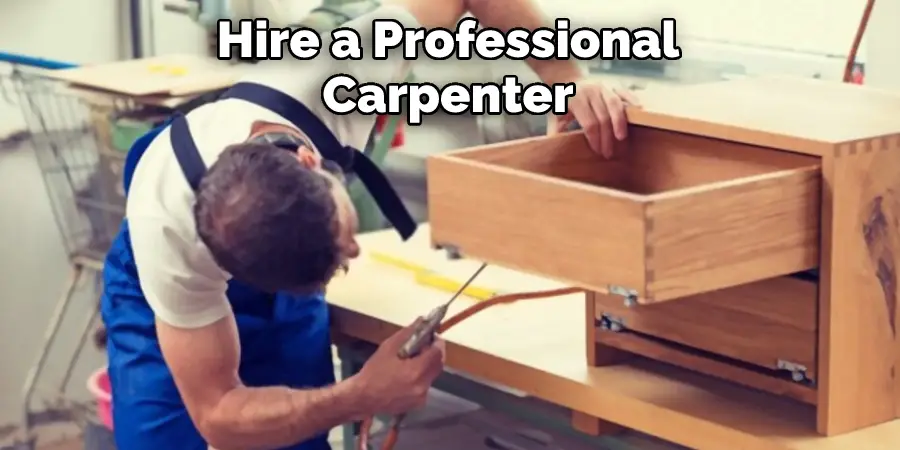
Can You Make a Desk Out of Plywood?
Yes, you can make a desk out of plywood. Plywood is an affordable and versatile material that is easy to work with and provides great structural integrity. However, it is important to note that the quality of the plywood will affect how strong and durable your desk ends up being. Be sure to select a grade of plywood that is suitable for the job at hand, as this will ensure that your desk will last for a long time. With the right tools and materials, you can easily create a beautiful custom desk out of plywood.
Conclusion
A desk hutch is a great way to add extra storage and organization to your workspace. By following these simple steps, you can easily build your own desk hutch that will help keep you organized and productive. Now that you know how to build a desk hutch, what are you waiting for? Get started today and enjoy the extra storage space and increased productivity that a desk hutch can provide. If you run into any issues during the construction process, please feel free to reach out to us for assistance. We wish you the best of luck with your new desk hutch!
You Can Check It Out to Build a Wooden Canopy

